Is it possible to dilute acrylic paint with water and how will it help?
Acrylic paint has many advantages, which makes it almost universal. Unlike oil paint, acrylic paint can be diluted with water. The final coloring result depends on how this is done.
What is acrylic paint
It refers to water-dispersed paints and varnishes. If you decipher it, all the features of the paint immediately come to the surface. Water, acrylic resin and tiny particles of coloring pigment are shaken up so that the droplets are evenly distributed among each other - this is called dispersion.
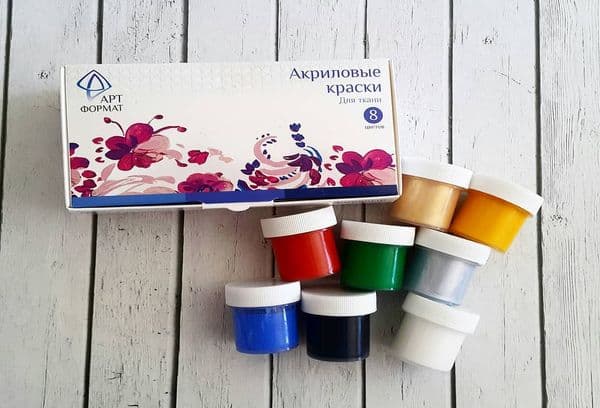
Thus, acrylic paint consists of the following components:
- water,
- acrylic resin,
- dye,
- filler (larger paint particles that make the coating more durable, adhesive, and matte or glossy),
- additional components that make each brand unique.
Operating principle
After the paint is applied, it begins to dry - the water evaporates from it. Resin droplets connect and create a monolithic layer that reliably embeds the coloring pigment.
Properties after drying
In liquid form, it is a light, almost odorless substance that is easy to apply and also easy to wash off. However, acrylic paint adheres excellently to almost any surface (which makes it universal), be it stone or plastic.
The hardened layer is resistant to abrasion, fading, and can be washed - acrylic paint practically does not need varnishing for protection. Additional components can further increase its strength, resistance to natural vagaries, etc.
Advantages of acrylic paints:
- environmental friendliness,
- absence of a pungent odor, which means safety when working in a nursery, bedroom, etc.;
- versatility,
- quick drying,
- a wide range of colors and shades (especially if you use colors).
Why dilute
Why, one might ask, reduce the concentration of such high-quality material? This is often necessary because the paint has been left under a loose lid for a long time, and the consistency has become too thick.
Another option is when you need more liquid paint, even to the point of tinted water. For example, to paint a textured surface, curves, hollows, and other reliefs and openwork details.
How to dilute with water
Since water is part of the paint, it is possible and even preferable to dilute it. As a rule, 4 proportion options are used:
- 1:1 — normal consistency, quite thick, used for the base layer, the paint applies evenly, without drips;
- 1:2 — more liquid, optimal for painting openwork parts or for painting with impregnation;
- 1:5 — a consistency close to “colored water”, suitable for textured and relief surfaces, including vinyl wallpaper for painting, bas-reliefs, etc.,
- 1:15 — colored water, used to create gradients, toning, etc.
Water should be poured in a thin stream, stirring constantly and achieving an absolutely uniform paint structure. A construction mixer will be superfluous; a rod, stick or wooden plank is enough, but you need to move it quite intensively.
Water + alcohol
In some cases, when the paint has become particularly thick, it can be diluted with water mixed with alcohol. Such a coating will dry somewhat faster due to volatile alcohol, however, the quality of the layer will be worse.
How to dilute with a special agent
Water is most often used when the paint has thickened, and the resulting paintwork material is only suitable for a roller and brush. But for a spray bottle or other spray, you need to dilute acrylic paint with a special industrial product. The same applies to paints for decorative painting and applied arts.
Popular solvents for reducing color intensity and viscosity:
-
- for artistic paints: "Sonnet", "ARTFrmat", TH10 Pacific 88, "Aqua-color";
-
- for automotive paints: Novol Thin 850, Car Fit;
-
- universal: Fitter, Bugtone.
As a rule, the base of thinners remains water or an aqueous dispersion, but additional additives make them preferable. For example, they maintain protection against fungus and mold, spread more easily and evenly, and increase adhesion while reducing the viscosity of the paint.
After purchasing paint, be sure to read the instructions; the manufacturer may not recommend dissolving it with ordinary water. In general, this is a completely suitable thinner, especially if you need to return the desired consistency to old acrylic paint.
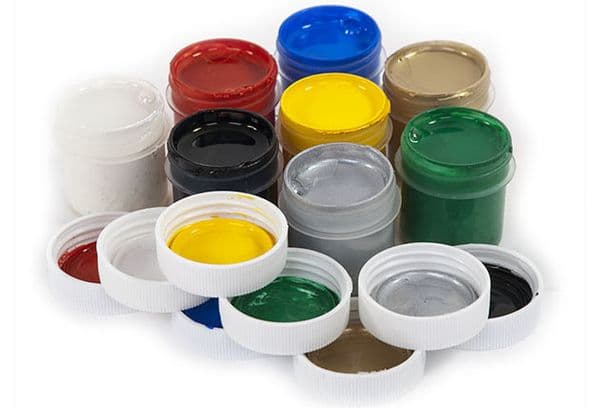
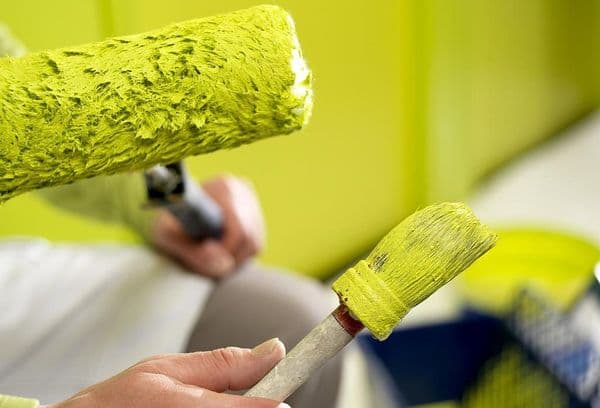
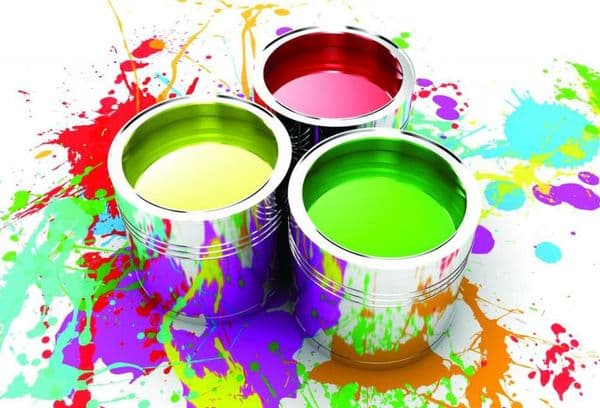
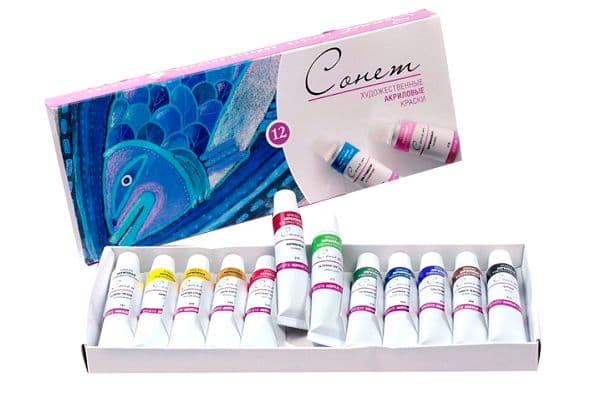
The paint can was not tightly closed and the paint thickened greatly. I tried diluting it with alcohol diluted in water, as written. I stirred it well and everything seemed fine. You can use it.